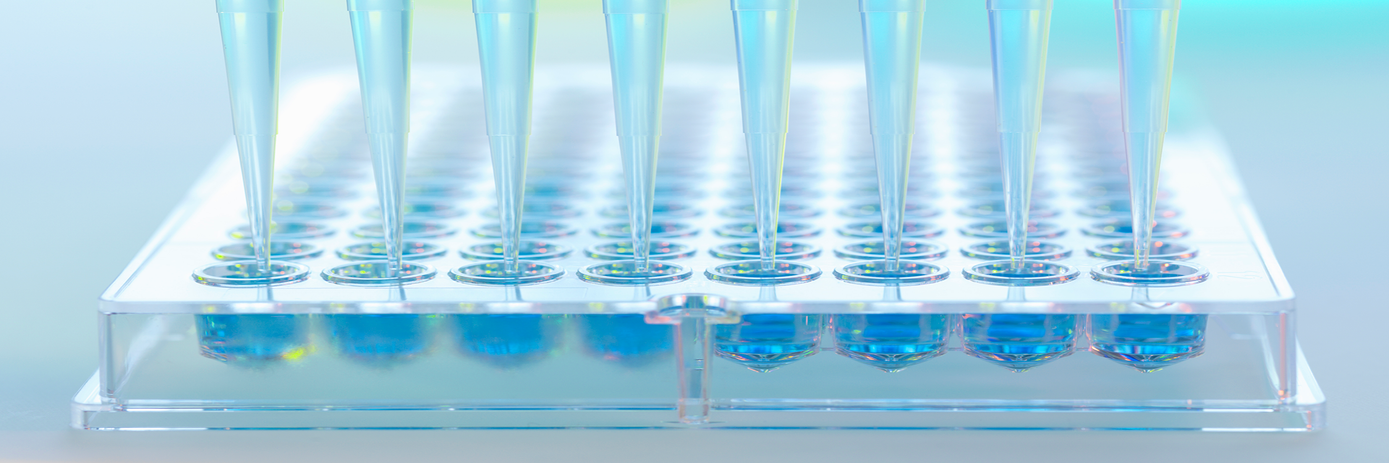According to a study by Johns Hopkins, more than 250,000 people in the United States die every year because of medical mistakes, making it the third leading cause of death after heart disease and cancer.1
60–70% of the critical medical decisions made by physicians are based on laboratory test results2, making accuracy of these results essential. The accuracy and reliability of these results depend on the quality of each step in the laboratory testing workflow. Errors in any of these steps may negatively affect safety and have the potential to damage an institution’s reputation, diminish confidence in their services, and increase total operating costs.
Pre-analytical errors account for up to 75% of laboratory errors.3 Pre-analytical errors occur during sample collection, transportation, storage, or processing. A review of recent publications shows that 2.23% of samples collected for analysis suffer from a human pre-analytical error.
Table 1. Compilation of most common pre-analytical errors indicate errors occur in 2.23% of clinical samples analyzed in these studies.4
| Peer reviewed study | Mis-labeled sample | Hemolysed | Wrong tube type | Inadequate volume | Clotted | Total errors | Total samples |
|---|---|---|---|---|---|---|---|
| Study 1 | 289 | 95 | 149 | 136 | 102 | 771 | 135,808 |
| Study 2 | 203 | 607 | N/A | 36 | N/A | 846 | 96,358 |
| Study 3 | 222 | 222 | 43 | 149 | 79 | 715 | 329,582 |
| Study 4 | 49,802 | 16,460 | 16,038 | 14,772 | 7,7175 | 104,247 | 4,220,518 |
| TOTALS | 50,516 | 17,384 | 16,230 | 15,093 | 7,356 | 106,579 | 4,782,266 |
| % of total errors | 47% | 16% | 15% | 14% | 7% | 100% | |
| % of total samples | 1.06% | 0.36% | 0.34% | 0.32% | 0.15% | 2.23% |
Reducing laboratory errors with automation
Automation improves the accuracy of laboratory tests by reducing human errors once the sample is received by the lab and by identifying errors occurring before the samples get there. Pre-analytical sample preparation automation and standardization helps reduce laboratory test errors and costs by automating the repetitive, error-prone, and bio-hazardous processes. Once a sample reaches the laboratory all processes can be automated and standardized from sample registration sample screening for analysis suitability, to setup for analysis, to the analysis itself. Errors including mis-labeled tubes, inadequate volume, incorrect tube type, and clotted or hemolyzed blood can all be identified and flagged as incorrect prior to analysis, reducing the chance of reporting incorrect results. Fully automated storage and retrieval of archived samples also reduce the potential for human errors.
References:
- Makary, M. A., & Daniel, M. (2016). Medical error—the third leading cause of death in the US. BMJ, i2139. doi:10.1136/bmj.i2139
- Forsman, L. R. (1992) Why is the laboratory an afterthought for managed care organizations, Clin Chem, 42, 813–816. PMID: 8653920.
- Bonini, P., Plebani, M., Ceriotti, F., et al. (2002) Errors in laboratory medicine. Clin Chem. 48:691-698.
- Upreti, S. (2013). Types and Frequency of Preanalytical Errors in Haematology Lab. Journal of Clinical and Diagnostic Research. doi:10.7860/jcdr/2013/6399.3587
- Chawla, R., Goswami, B., Tayal, D., & Mallika, V. (2010). Identification of the Types of Preanalytical Errors in the Clinical Chemistry Laboratory: 1-Year Study at G.B. Pant Hospital. Laboratory Medicine, 41(2), 89–92. doi: 10.1309/lm9jxzbmlsvjt9rk
- Carraro, P., & Plebani, M. (2007). Errors in a Stat Laboratory: Types and Frequencies 10 Years Later. Clinical Chemistry, 53(7), 1338–1342. doi:10.1373/clinchem.2007.088344
- Barak, M., & Jaschek, R. (2014). A new and effective way for preventing pre-analytical laboratory errors. Clinical Chemistry and Laboratory Medicine (CCLM), 52(2). doi: 10.1515/cclm-2013-0597
For research use only. Not for use in diagnostic procedures.

































